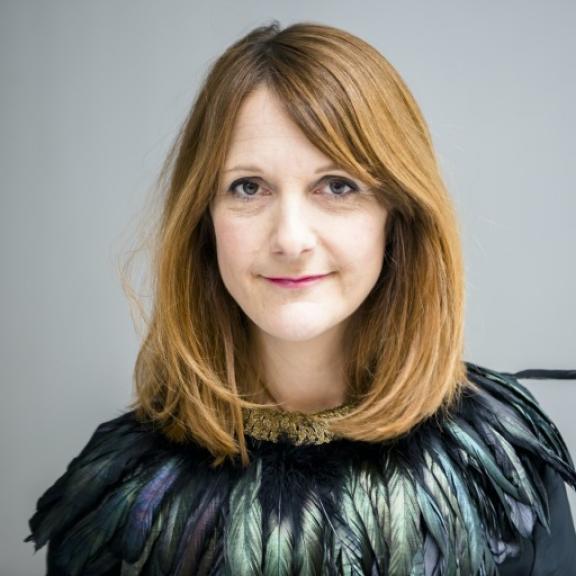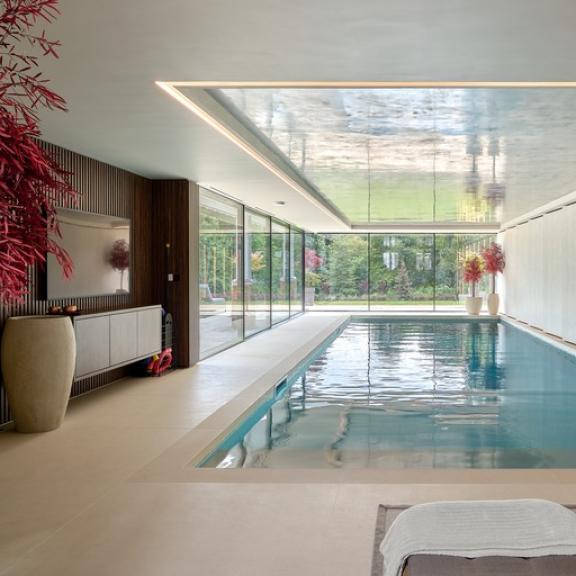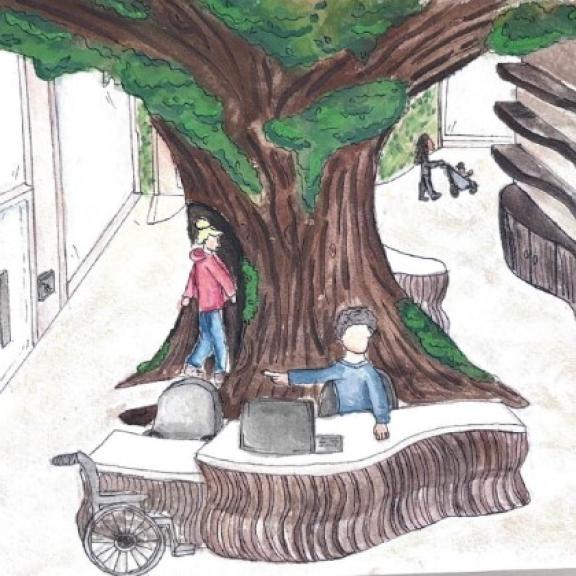Journey Through Sixty Years Of Interior Design Trends
In celebration of our 60th year, we look back at 60 years of interior design
The last 60 years has been a whirlwind for interior design. This is reflected in the mesh of styles that are present in homes- and interior designer’s dreams- today. To see how we have reached this point, here is a short and celebratory guide of the last 6 decades of fun and funky fashions.
The 1960s
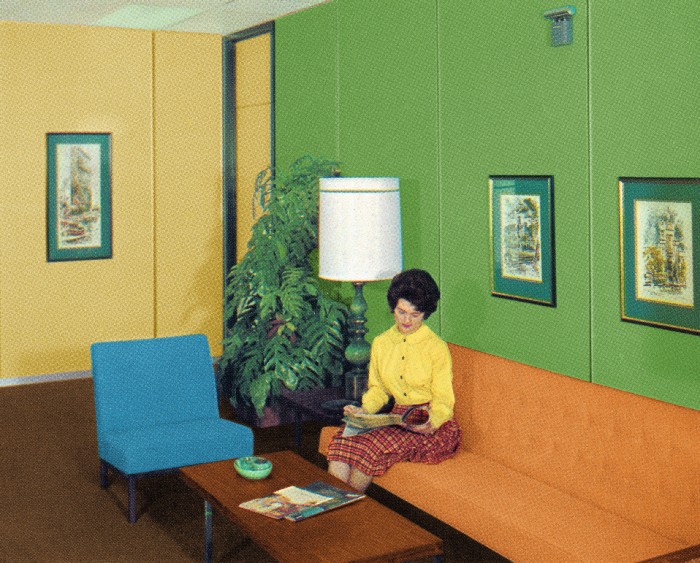
The 60s: a time of greater freedom, hippies, societal change…and interior design. Gone were the war and post-war days of austerity, rationing, and scarcity, and, in their place, this new consumerist era brought a boom of colour and outlandish patterns. One of the last decades of mid-century modern, this was an era that rewarded practicality, simplicity, and clean lines. Space age design arrived, with illusions you could lose your mind in, hynotising lava lamps, and bubble chairs, which paired with the counter-cultural, communal living of the hippie’s psychedelia to create homes with bright, clashing shades. This was the decade of pop art, geometry, and acrylic.
The 1970s
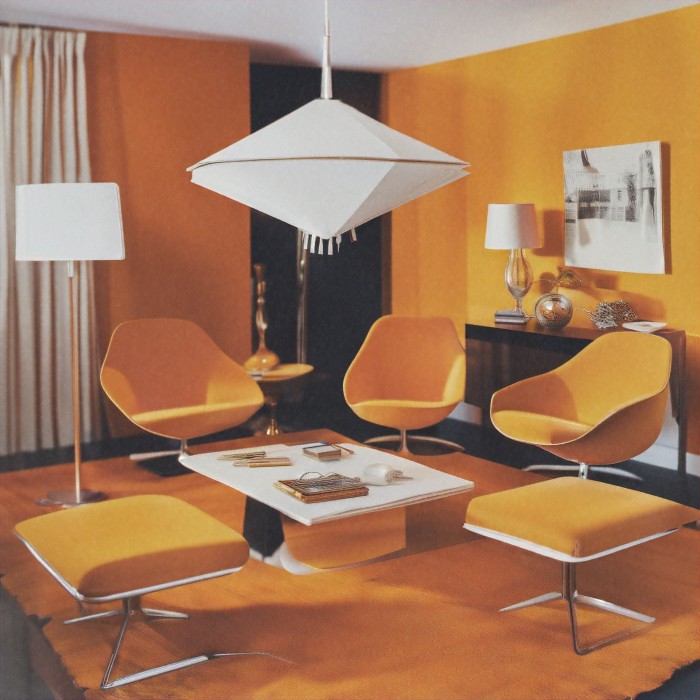
The 70s was an era passionate about its florals, supergraphics, and loud designs, adopting earthier tones like mustard, brown, purple and orange. Here, post-modernism officially took hold, a spoof on the rules and regulations of modernism, transforming interiors into a designer’s sandbox, allowing them to fuse a variety of styles from past eras. A design era many people think of as garish, this led to a proliferation of West German pottery and vintage glass on every sideboard. Post-modernism met the decade of disco à la Saturday Night Fever, and you would not be surprised to stumble across glittering disco balls and novelty lighting. While the 60s experimented with pattern and colour, experiments in texture were all the rage in the 70s, with exposed walls and furry rugs dominating. The material that would soon become the bane of the environment also continued to take the interior design world by storm: plastic. This durable, cheap, flexible material opened a world of potential, along with synthetic materials, such as nylon.
The 1980s
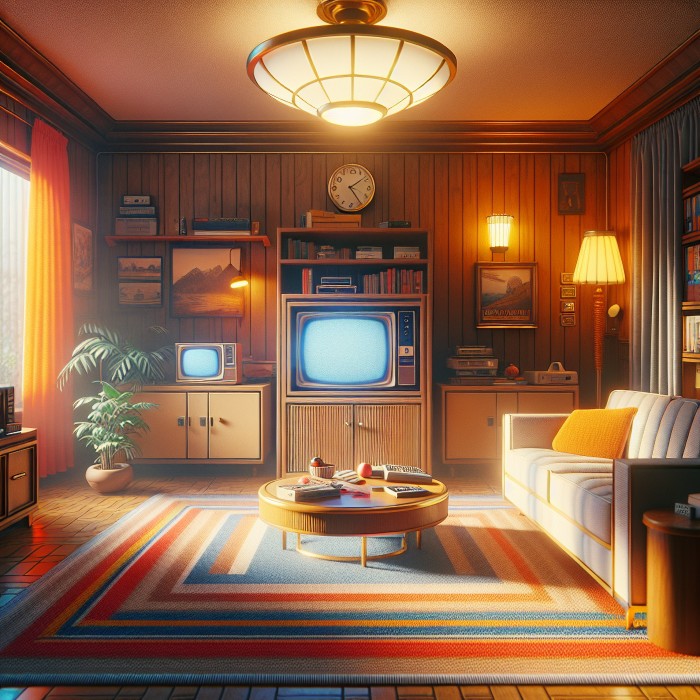
The decades got brighter and bolder, and the 80s were the biggest of them all. The 80s opened up the door to interior design for all with the advent of flatpack furniture allowing even the most amateur DIY enthusiast to create the home of their dreams from scratch- and on a budget. This was the home of the maximalist, with the 80s being one for extravagance, opulence, and, put simply, things. You will recognise the now outdated symbols, with patterned carpets, wicker chairs, coloured bathroom suites, and chintz designs, including pastel florals and frills bedecking every sofa and bedspread. Nothing recalls the 80s more than a cheeseplant, though, with these sun-loving houseplants sitting pride-of-place in every living room. Post-modernism continued to push boundaries, with radicals such as Ettore Sottsass creating the unconventional, clashing, and asymmetrical Memphis design movement that characterised the individualism of the 80s.
The 1990s
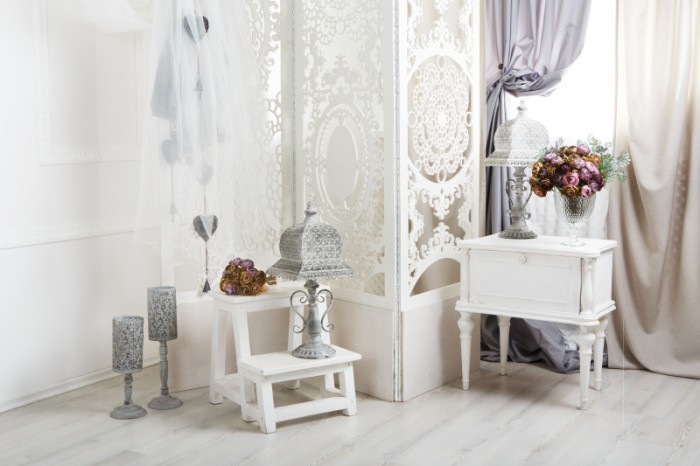
This excitement might have been a little too much for the 90s. Suddenly, designers turned their back on the in-your-face designs of the 1980s, searching instead for the warmth of neutrals, with the first IKEA opening in the UK in 1987 and allowing Scandi influences to bleed into the mainstream. This is often an overlooked decade, its understatement providing a bridge between the maximalism of the 80s and the minimalism of the 2000s. This is not to say that 1990s home décor did not have fun, and kitsch was everywhere as people sought idiosyncratic, eclectic home design that harkened back to the past, including plastic flamingos, garden gnomes, fake fruit, and animal print. While inflatable furniture might seem like an oxymoron, neon versions of these distinctive objects, as well as the return of lava lamps, could be found in almost every bedroom. However, although the wood stains and textured wallpapers of the 90s might look dated now, this was an era that also had its mind focused on the upcoming millennium and the future it would bring (if it survived Y2K) and this brought a flurry of monochromes and metallics as designers longed for modernity.
The 2000s
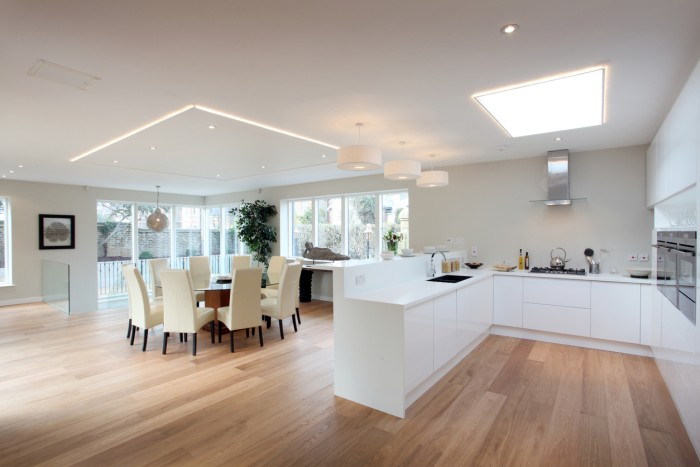
This modernity arrived in the 2000s. Many designers wanted to throw off what had come before, with pops of colour in vinyl kitchen cupboards and statement wallpaper, as well as stainless steel and whitewashed units that swept over past trends for a clean and streamlined aesthetic. Homeowners opted for open-plan, multipurpose rooms that made use of every inch. They favoured the spacious and the airy, encouraging a sense of community. No sooner had designers swept into the future, though, than they were aching for the past. You could not turn around without seeing (often homemade) shabby chic and distressed furniture, and, if they did not want to return to the past, designers had their eyes set on the horizon with a Mediterranean décor twist.
Kitchens have grown exponentially. At home our kitchen was small (for a family with three children) and I don’t remember any friends’ kitchens being anything like the size they get to now…We had a William Morris design upholstered sofa - no change there as his designs find an audience in every decade. And our bathroom furniture was avocado. I remember playing with the frills on a lampshade - all v[ery] House of Hackney
Carole Annett, Interiors Editor of Country and Townhouse
The 2010s
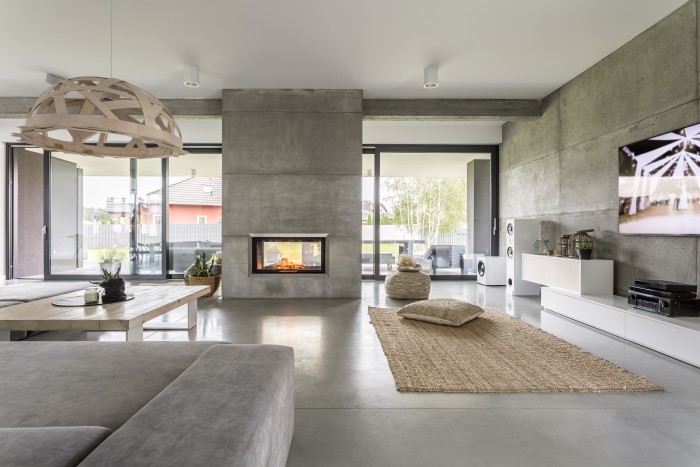
No era was quite the same as the 2010s though, a mish-mashed, experimental decade of different styles and influences from across the world. In the cooking pot were both the Scandinavian hygge, a cosy movement including low lighting, comfort, and simplicity, and feng shui, a Chinese practice that has been popular in the West since the 1980s and focuses on the flow of a room through correct color and furniture placement. Overwhelmed by the maximalism of the last few decades, minimalism finally became high art, with homeowners opting for neutral palettes and necessary décor only, as well as aspects of industrialism, such as raw metal finishes. This was also the era of the family home, with kitchen islands and gallery walls as people sought more individuality and a return to functionality.
The 2020s
The 2020s might not be over yet, but this is already an era with two distinct challenges for interior designers: technology and sustainability. Levelled up from an entertainment room in the basement, the 2020s have seen the development of smart devices, from smart ovens to smart bins. These are brought together by a central voice assistant that allows you to control each piece of kit from your mobile phone, no matter where you are in the world. Residents can manage their abode without having to get up from the sofa- or even be in the same country. On the other hand, the increasingly urgent climate crisis has led to many more people making sustainability-conscious decisions; they are now using eco-friendly materials such as bamboo, recycled and second-hand furniture, and energy-efficient appliances.
From the outrageous 60s to the futuristic 2010s, there has been something for everyone in the past 60 years of interior design. If you're not a member already, join us for the next 60!
Explore new resources from the BIID. Seeing a padlock? Just login or become a member to view.
View the highlights from our 60th anniversary party
We asked Anna Burles: What makes the perfect software?
Discover the smart home technology awards with Platinum Partner, CEDIA
Explore the latest, member-exclusive, templates designed to make your life easier.
University of Gloucestershire wins the BIID Student Design Challenge 2025.


